Witness Protection and Legal Provisions under BNS & BNSS
1. Who Can Be Affected? (Section 2(k)):
The following individuals can be affected and may seek witness protection under the Bharatiya Nyaya Sanhita (BNS) and Bharatiya Nagarik Suraksha Sanhita (BNSS):
- The Witness
- A Family Member of the Witness
- The Witness’s Legal Counsel
2. Submission of Witness Protection Application Form:
The witness submits the application before the Competent Authority for protection. This step involves submitting the appropriate forms and providing necessary documentation to apply for protection under the BNS & BNSS.
3. Competent Authority & Standing Committee (Section 2(b))
A Standing Committee is established in every district to review witness protection applications under the **BNS & BNSS**. The committee consists of:
- District and Sessions Judge – Chairperson
- Head of Police in the District – Member
- Head of Prosecution in the District – Member Secretary
4. Beginning of In-Camera Proceedings (Section 2(f))
The Competent Authority conducts hearings in private (in-camera proceedings). Only necessary individuals are allowed during the determination of the witness security certificate. These proceedings are meant to ensure privacy and protect the identity of the witness under BNS & BNSS.
5. Preparation of Threat Analysis Report (Section 2(i))
The Threat Analysis Report is a detailed assessment prepared and submitted by the Head of Police in the District. It evaluates the severity and reliability of the threat to the witness or their family under BNS & BNSS.
Key Aspects of the Report:
- Assesses the importance and reliability of the threat.
- Identifies the nature of warnings received by the witness or their family.
- Analyzes the motives, means, and purpose of those making the threats.
- Recommends necessary security measures for the witness.
- The Superintendent of Police submits the report.
- Specifies the duration of protection, limited to a maximum of three months at a time.
Protective Measures under BNS & BNSS:
- Ensuring that the witness and accused do not come face-to-face during investigation or hearings.
- Monitoring mail and telephone communications.
- Changing the witness’s phone number or assigning an unlisted number.
- Installing security systems at the witness’s residence (CCTV, alarms, fencing, safety doors, etc.).
- Providing anonymity by referring to the witness with a different name or initials.
- Assigning emergency contacts for immediate assistance.
- Close security monitoring and routine patrolling near the witness’s home.
- Temporary relocation to a safer place or a nearby city.
- Conducting in-camera trials to protect the witness’s identity.

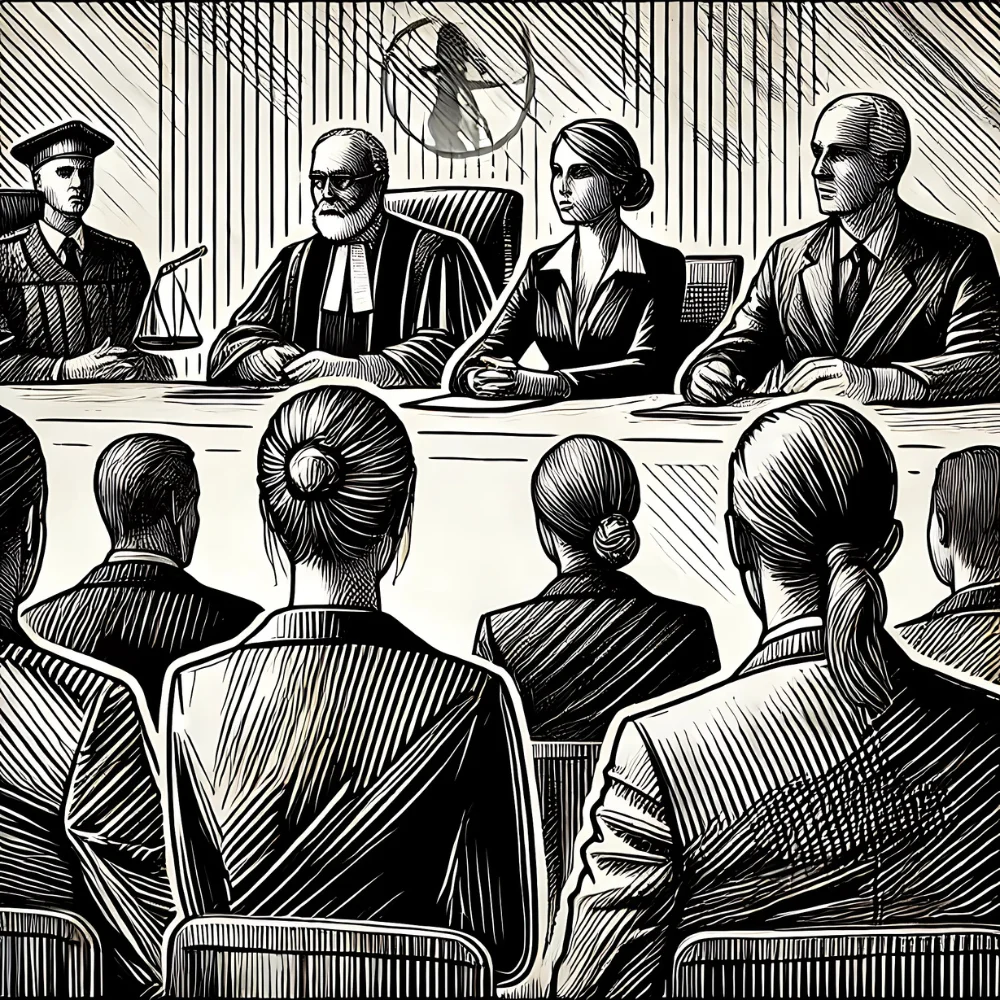

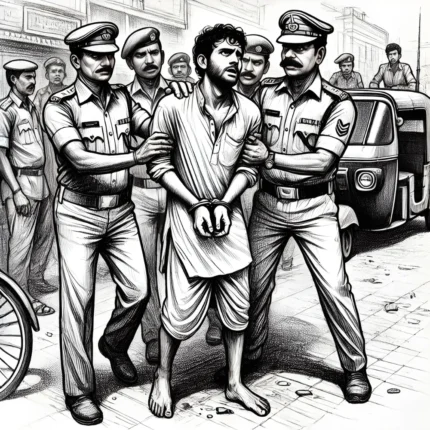
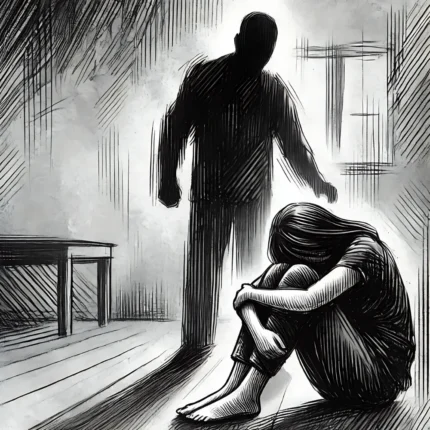


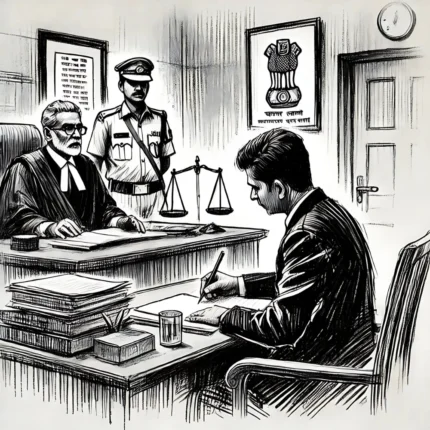
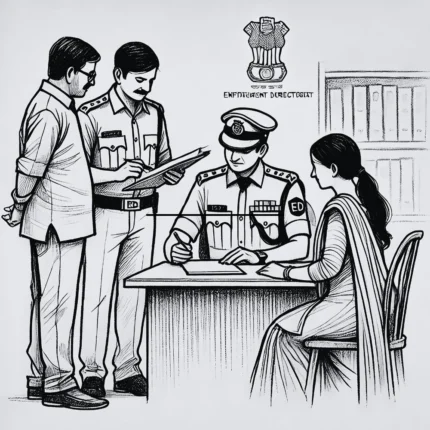
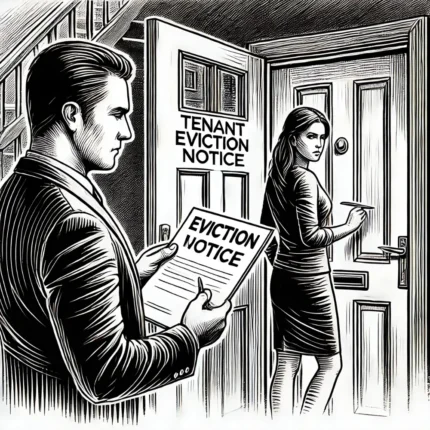
Reviews
There are no reviews yet.